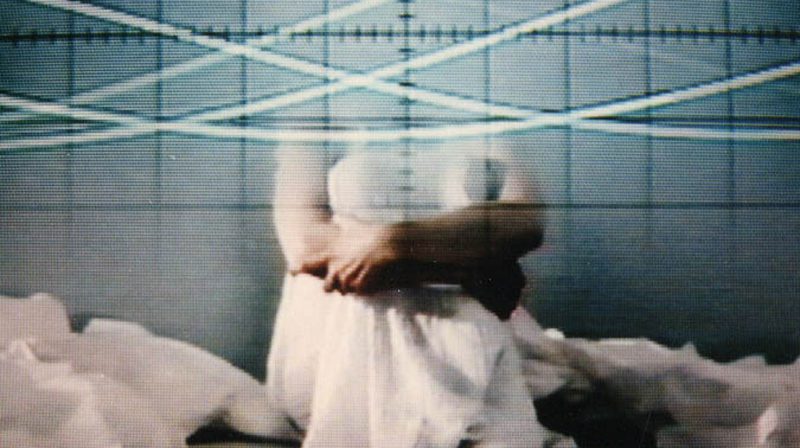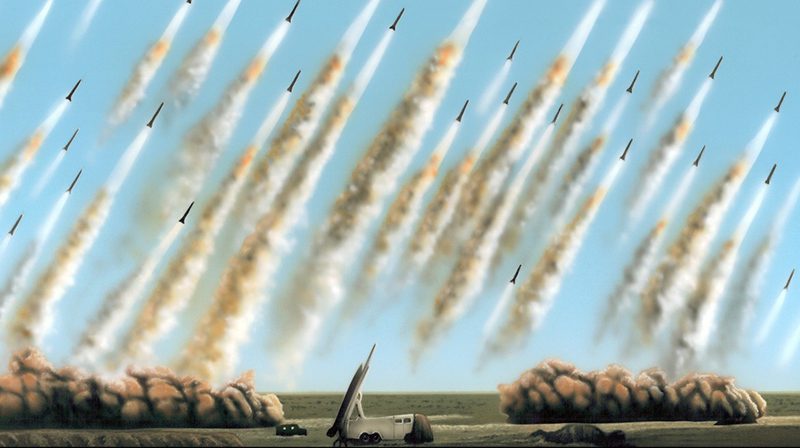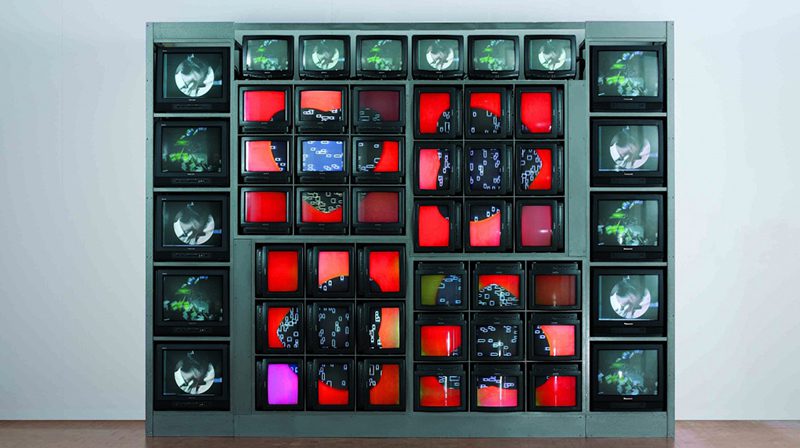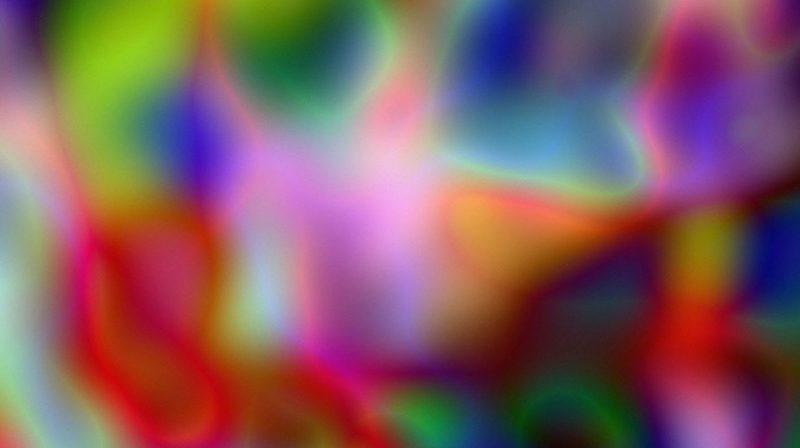ART CITIES:London-Electronic Superhighway (2016–1966)
 After computers came into wide use, and after virtually everyone in the world became connected and online, the whole world has changed in so many ways that it is impossible to list every aspect of life that has been transformed by computers. A special exhibition at the Whitechapel Gallery explores the way these irreplaceable elements impacted the artists from the mid ‘60s to the present day.
After computers came into wide use, and after virtually everyone in the world became connected and online, the whole world has changed in so many ways that it is impossible to list every aspect of life that has been transformed by computers. A special exhibition at the Whitechapel Gallery explores the way these irreplaceable elements impacted the artists from the mid ‘60s to the present day.
By Dimitris Lempesis
Photo: Whitechapel Gallery Archive
“Electronic Superhighway (2016-1966)” at Whitechapel Gallery is an exhibition that brings together 100 artworks to show the impact of computer and Internet technologies on artists from the mid-1960s to the present day. It features new and rarely seen multimedia works, together with film, painting, sculpture, photography and drawing by over 70 artists among them Harun Farocki, Gary Hill, Nancy Holt, Richard Serra, Nam June Paik, Thomas Ruff and Lawrence Weiner. The exhibition title is taken from a term coined in 1974 by South Korean video art pioneer Nam June Paik, who foresaw the potential of global connections through technology. Spanning 50 years, from 2016 to 1966, key moments in the history of art and the Internet emerge as the exhibition travels back in time. Arranged in reverse chronological order, “Electronic Superhighway (2016-1966)” begins with works made between 2000-16, and ends with Experiments in Art and Technology (E.A.T), an iconic, artistic moment that took place in 1966. As the exhibition illustrates, the Internet has provided material for different generations of artists. Oliver Laric’s painting series “Versions (Missile Variations)” (2010) reflects on issues surrounding digital image manipulation, production, authenticity and circulation. Further highlights include a series of photographs from conceptual artist Amalia Ulman’s 4-month Instagram project “Excellences & Perfections” (2014-15), which examines the influence of social media on attitudes towards the female body or the manipulated camera-less photography by Thomas Ruff. Works by Nam June Paik in the exhibition include “Internet Dream” (1994), a video-wall of 52 monitors displaying electronically-processed images, and “Good Morning, Mr. Orwell” (1984). On New Year’s Day 1984 Paik broadcast live and pre-recorded material from artists including John Cage and The Thompson Twins from a series of satellite-linked television studios in New York, West Germany, South Korea and Paris’ Pompidou Centre to an estimated audience of 25 million viewers worldwide. Paik saw the event as a counter response to George Orwell’s dystopian vision of 1984. The birth of the World Wide Web in 1989 provided a breeding ground for early user-based net art, with innovators such as Olia Lialina adopting the Internet as a medium, following earlier practices in performance and video. In “My Boyfriend Came Back from the War” (1996) the artist presents a love story enacted via an interactive black and white browser screen. The emergence of net art is explored through a curated selection of interactive browser-based works from the Rhizome archive, a leading digital arts organisation founded online in 1996 by artist Mark Tribe, and affiliated with the New Museum in New York since 2003. One of the first ever major interactive art installations, “Lorna” (1979-1982) by Lynn Hershman Leeson presents a fictional female character who stays indoors all day watching TV and anticipated virtual avatars. A proliferation of experiments from the ‘60s-‘70s pushed the boundaries of technology. Artists adopted computer programmes to create abstract and geometrical works while others used various new media to connect across multiple sites globally. The exhibition concludes in 1966 with Experiments in Art and Technology (E.A.T.), an organization that paired artists with engineers. E.A.T. debuted in 1966 with a series of performance art presentations involving new technologies such as closed-circuit television, fiber optics, and wireless transmitters. These performances took place over nine evenings at the 69th Regiment Armory in New York, with artists such as Öyvind Fahlström, John Cage, and Robert Rauschenberg. As an organization, E.A.T., presided over by engineer Billy Klüver, facilitated the innovations of many artists in collaboration with scientists and engineers, forming networks of professionals and bridging the gap between new technologies and new media.
Info: Curators: Omar Kholeif, Emily Butler, Mahera & Mohammad Abu Ghazaleh Assistant Curator: Séamus McCormack, Whitechapel Gallery, 77-82 Whitechapel High St, London, Duration: 29/1-15/5/16, Days & Hours: Tue-Wed & Fri-Sun 11:00-18:00, Thu 11:00-21:00, www.whitechapelgallery.org




